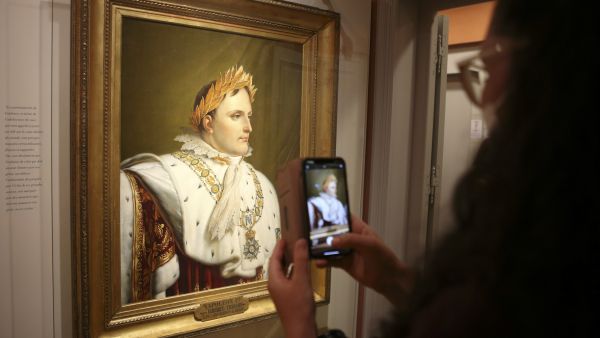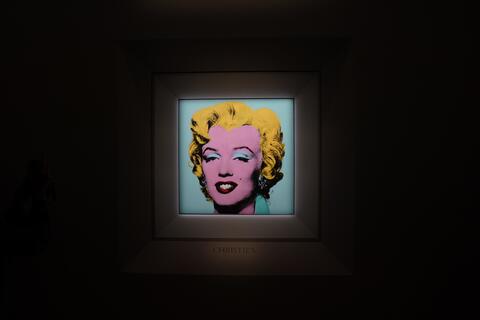A personalised knife and fork thought to have been used by Emperor Napoleon have sold for £11,250 after a bidding war.
The silver-gilt cutlery, which is emblazoned with the General's initial 'N' in a laurel wreath, as well as his Imperial arms and bee motif, sold at an auction in Salisbury, Wiltshire, for double its £5,000 estimate.
Somebody's paid 11 grand for Linoleum Blownapart's silverware.#news #history #sales https://t.co/t3THgTRaz1
— DOCUMAX (@documax) July 17, 2022
It is possible that the pieces were taken from the infamous General's carriage following his devastating defeat at Waterloo in 1815.
The cutlery was made by silversmith Martin-Guillaume Biennais in Paris in around 1810. He had supplied Napoleon's crown and sceptre for his 1804 coronation.
The 'high quality' pieces were then purchased by entrepreneur Alfred William Weston in the 1920s and have remained in his family for a century before going under the hammer with auctioneers Woolley and Wallis.
Rupert Slingsby, silver specialist at Woolley and Wallis, said: 'Biennais was the silversmith who supplied the crown and sceptre for Napoleon's 1804 coronation, and continued to supply the Bonaparte family with silver and silver-gilt throughout his reign.
'The design includes motifs that were personal to Napoleon, including his Imperial arms, the initial N in a laurel wreath, and the bee motif that he favoured so much.
Knife and fork used by Napoleon Bonaparte sell at auction for £11,250 after bidding war https://t.co/UUITeE8nAt
— Daily Mail Online (@MailOnline) July 17, 2022
'This particular knife and fork hasn't been seen on the market for around 100 years. It was purchased by an entrepreneur called Alfred William Weston in the 1920s and has been passed down through the family until now.
'This is cutlery of extremely fine quality, befitting of Napoleon's wealth and status in the early 19th century.
'The fact that pieces have survived despite his subsequent ignominious fall from grace indicates that they were highly prized objects even by Napoleon's opponents, and today they are wonderful reminders of a turbulent period of history between the English and the French.'
This article has been adapted from its original source.









